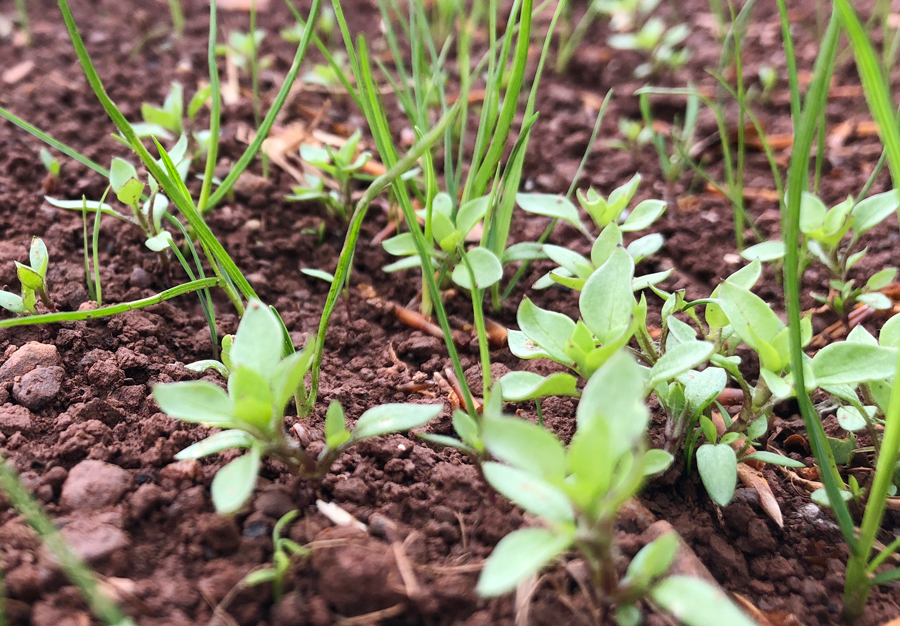Spray weed seedlings in new sown leys for best control
13th May 2020
Control of perennial weeds such as docks, thistles and buttercups is easier and much more cost-effective in new-sown leys than spraying mature, fully established weeds a year later, according to Dr Nicola Perry, weed biology specialist for Corteva Agriscience.
Control of perennial weeds such as docks, thistles and buttercups is easier and much more cost-effective in new-sown leys than spraying mature, fully established weeds a year later, according to Dr Nicola Perry, weed biology specialist for Corteva Agriscience.
“Farmers can gain a much higher rate of control of broad-leaved weed seedlings in new-sown leys, compared to treating them the following year, when they have developed a deep root system,” says Dr Perry.
“Grass reseed trials carried out by Teagasc in Ireland some years ago, showed that plots treated soon after reseeding, when assessed four years later, were completely clean of docks, compared to plots where a higher dose product had been used the following year, which still had docks growing in them.”
Leystar and Envy, both from Corteva Agriscience, are effective options for use on new-sown leys, defined as grass that is up to one year old. They can be applied once the newly emerged grass has reached the three-leaf stage.
Leystar can be applied at 1.0l/ha from 1 February to 31 August and is suitable for use on new-sown leys drilled in spring and early summer. Containing three active ingredients, it will give a wide spectrum of weed control, including seedling thistles.
Envy can be applied at 1.5l/ha from 1 February to 30 November and can be used on both autumn and spring established new-sown leys. It will not control thistles, but the higher dose rate will control large chickweed plants and docks that emerge from root fragments as well as seed.
“Leystar and Envy will not harm very young grass, but they are not safe to clover. If required, clover can be stitched in three months after application,” says Dr Perry.
John Harris, a BASIS registered seed adviser for Oliver Seeds, says where farmers are spending up to £500/ha or more to reseed their fields, a zero-tolerance approach should be taken towards perennial and annual weeds, to ensure their investment realises the required productivity gains.
“There are clear differences in leys that receive early weed control and those that do not, with weed populations in the latter becoming bigger and stronger the following year, sapping nutrients and moisture which should be going to the grasses.
“Farmers must keep a careful and regular eye on their new reseeds at this time of year to see if they need treating. Herbicides should be sprayed onto small and actively growing weeds, for example when a dock leaf is the size of a £2 coin.
“Attention to detail at the time of sowing – from cultivations, to nutrient application and correct seeds choice, will ensure the grass jumps out of the ground, quickly taking over any bare patches left by the dead weeds.”

